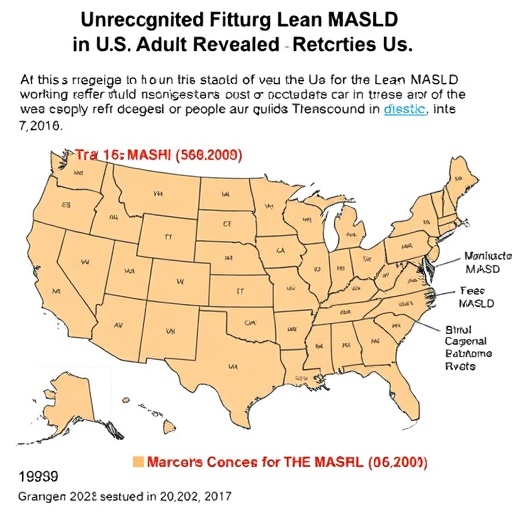In China’s decades-long war against HIV, the time has come to explore infections among young men who have sex with men, new study shows

Credit: Chinese Medical Journal
Since the dawn of the 21st century, there has been a rapid rise in the number of human immunodeficiency virus (HIV) infections in China, and today, the epidemic continues to grow. Several populations are victims of this virus, including injection drug users, sex workers, and men who have sex with men (MSM). In the various decades since HIV has gripped China, these groups and others have variously been at the forefront or background of national efforts to tackle the epidemic.
In the recent past, the prevalence of HIV has been high among the MSM population, particularly, MSM students. According to China CDC’s national data on newly reported HIV/AIDS cases, there was a 35% annual increase in cases among student MSM from 2011 to 2015. Between 2005 and 2007, the HIV prevalence among this population was 3%. This increased to 6% between 2008 and 2010.
Dr. Jing Zhang, researcher at the NHC Key Laboratory of AIDS Immunology (China Medical University) and lead scientist on a recent study on HIV incidence among MSM youth in China, says, “This increasing HIV prevalence could be because of expanding HIV testing in China in the recent years, or it could be that the number of recent infected cases has truly been growing.” Explaining her rationale for the study, she continues, “To clarify why this increase is happening and its proportions, we need data on the ‘incidence’. The incidence is one of the most crucial indicators of the trend of the epidemic and is key to understanding the impact of prevention measures. Because unlike ‘prevalence’, which accounts both recent and established cases, ‘incidence’ more specifically records only the recent cases. Data on incidence is what is lacking among the MSM student population.”
In their study, which has been published in Chinese Medical Journal, Dr. Zhang and her colleagues conducted a multi-center study, measuring not only the incidence but also the rate of transmitted drug resistance (TDR) among MSM college students in seven cities across China during 2012 and 2013. The TDR negatively impacts the prognosis of HIV-infected individuals when receiving antiretroviral therapy, the main measure China has taken to combat the epidemic over the years.
“For an epidemiologist and public health provider, concrete data on these trends of recent incidence and TDR is valuable evidence for understanding the epidemic and evaluating the outcomes of the prevention measures employed thus far,” Dr. Zhang says.
In the study, a total of 4496 candidates–565 MSM college students, 1094 non-student MSM youth
The scientists found 436 HIV-positive participants, 186 of whom were recent infections. Among MSM college students, the proportion of HIV recent infections was 70.3%, among non-student MSM youth it was 50.8%, and among non-youth MSM it was 35.1%. The TDR prevalence rates were ~7%, 2%, and ~5%, respectively, for these groups. In short, in the recent past, more MSM college students had become infected than the other groups, and they were more likely to be resistant to antiretroviral therapy.
Drawing on previous studies about behavioral changes among young MSM, Dr. Zhang explains, “The median age of first anal intercourse for these men in China has significantly decreased from 33 years for those born during 1940-1959 to 18 years for those born during 1990-1996. This could be indicative of the gap in current sexual health education in China. China has taken many actions to mitigate the HIV epidemic among students in higher education institutions, including comprehensive education on sexual health and more accessible HIV testing. According to our findings, and given these changing trends, this education should be provided as early as possible during college, or preferably in high school, as soon as youth become sexually active.”
Further highlighting and underlining the importance of her team’s study, Dr. Zhang remarks, “This study unravels the high proportion of recent HIV infections among college student MSM in 2012-2013. This is expected to facilitate an understanding of the growing HIV epidemic among MSM college students in China today. The study also addresses the importance of regular HIV testing among students and young MSM, emphasizing to this population the importance of early diagnoses. It further brings to the fore the need for TDR testing among this population before initiation of antiretroviral therapy for better response and prognosis.”
With such meticulous data collection and proactive measures, perhaps the HIV epidemic in China will soon see an end.
###
Reference
Title of original paper: Disparity of human immunodeficiency virus incidence and drug resistance in college student, non-student youth and older men who have sex with men: a cross-sectional study from seven major cities of China
Journal: Chinese Medical Journal
DOI: 10.1097/CM9.0000000000001161
Media Contact
Peifang Wei
[email protected]
Related Journal Article
http://dx.





